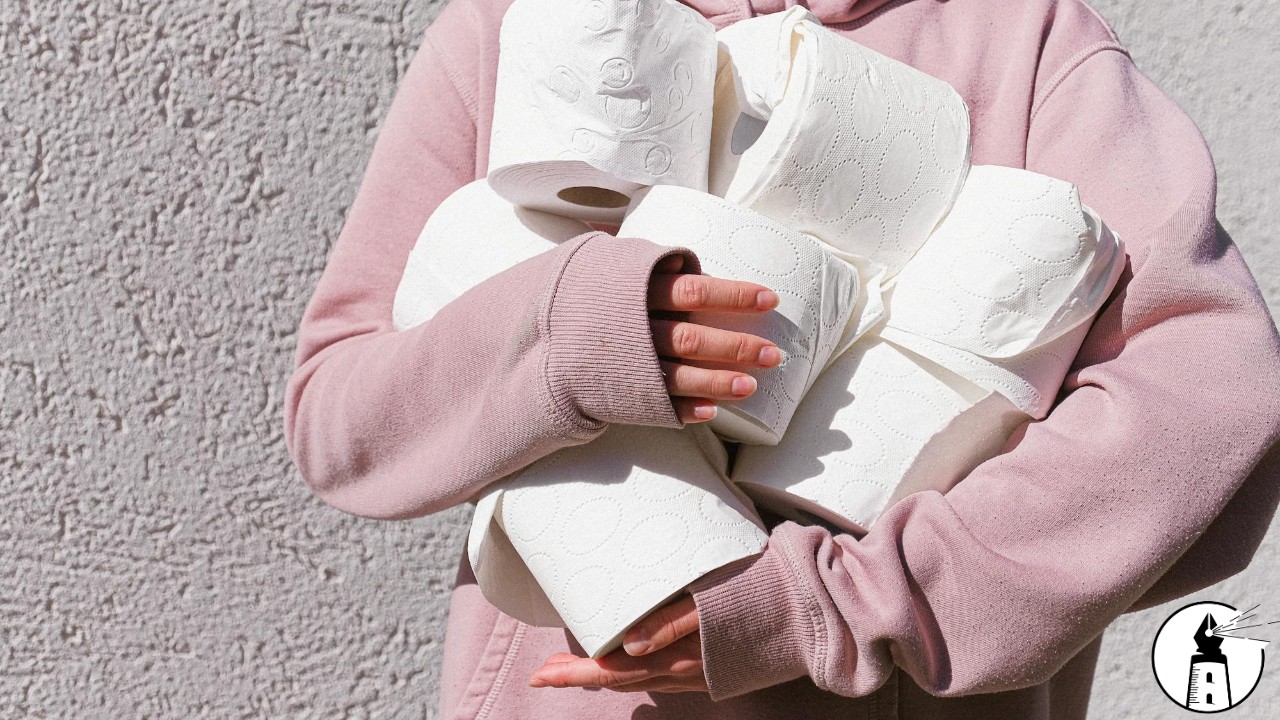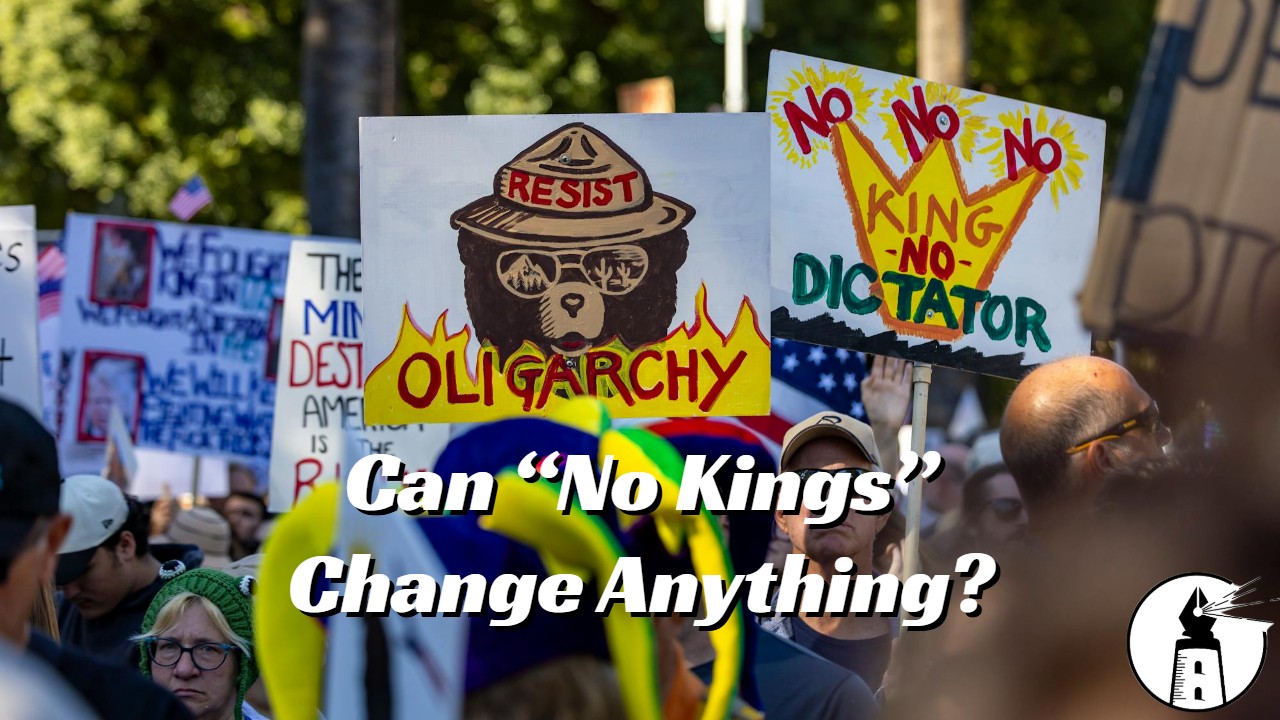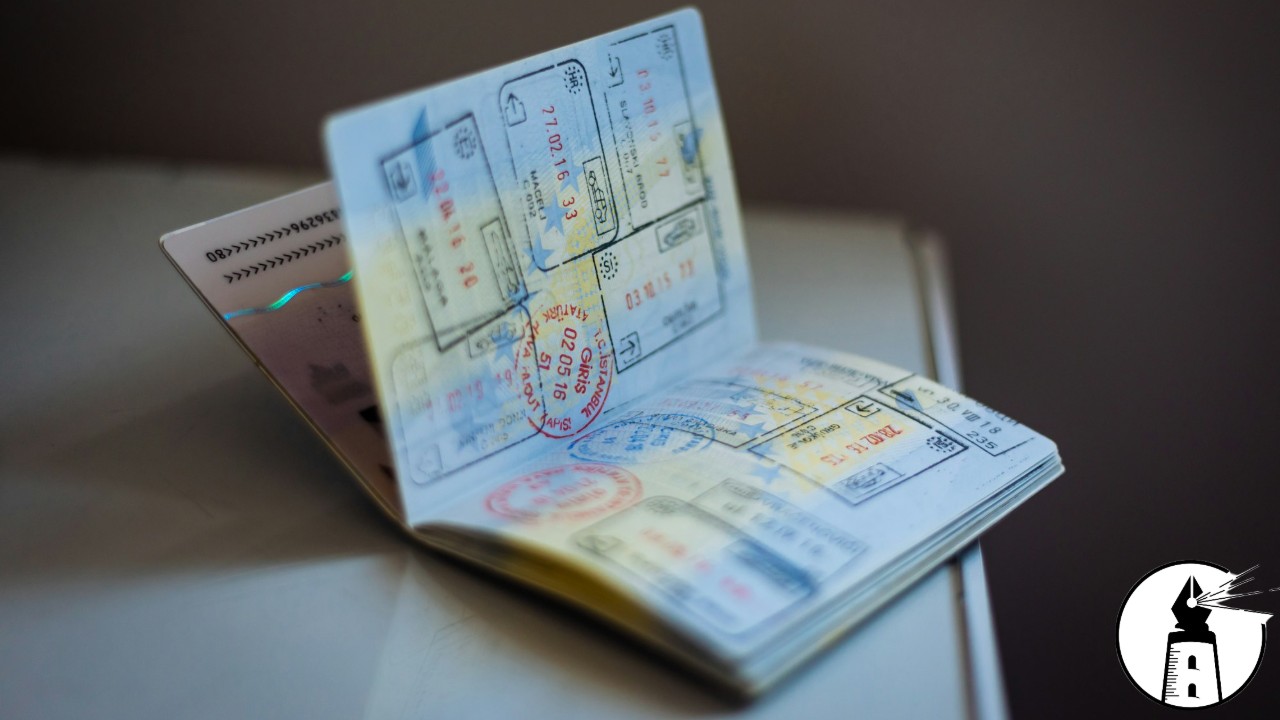In a striking replay of past behaviors, some consumers recently began panic-buying essential items like toilet paper, this time triggered by concerns over the United States port strike that started earlier in the week. Images of empty shelves at major retailers, reminiscent of the 2020 pandemic, flooded social media, with shoppers hoarding toilet paper and other supplies. Yet, within 24 hours, the strike was suspended, and a tentative agreement was reached, making the entire rush to stockpile unnecessary. Once again, panic-buying reared its head, but this time, it was for no reason at all.
The Panic That Never Needed to Happen
As dockworkers walked off the job at ports along the East and Gulf coasts, some consumers feared a repeat of pandemic-induced shortages. Store shelves emptied as people loaded their carts with multiple packages of toilet paper, paper towels, and other supplies.
However, experts were quick to point out that this situation was far different from the global pandemic. The bulk of essential products, such as toilet paper, is manufactured domestically in the U.S., meaning the port strike had little to no impact on their availability. Yet, irrational fear took hold, and within hours, shelves were bare in certain stores. Ironically, this wave of hoarding could have created the very shortages that consumers were trying to avoid.
But before panic-buying could escalate into a widespread problem, the strike was suspended, and a deal was reached to increase dockworkers’ wages. The crisis, if there ever was one, was averted, making the panic-induced rush to stores look not only premature but downright foolish.
The Irrationality of Panic Buying
Panic buying is nothing new, but it’s rarely justified. Whether triggered by rumors, exaggerated news, or simply fear of missing out, people tend to buy large quantities of items without considering the real need. During the COVID-19 pandemic, we saw this behavior firsthand as store shelves emptied of everything from hand sanitizer to flour. But just like then, many of the goods people stockpiled were always available; the only reason they disappeared was because of panic-driven demand.
In this latest case, the fear of a supply shortage due to the port strike was entirely unwarranted. The bulk of supermarket products, like toilet paper, soap, and detergent, are manufactured domestically. Industry experts repeatedly reassured the public that the strike was unlikely to affect essential supplies. But even with these assurances, the sight of one or two empty shelves seemed to spark a wave of needless buying.
Panic buying creates artificial scarcity, driving prices up and making it harder for others to get what they actually need. More importantly, it exposes how easily we can let fear override common sense. As we’ve seen, stockpiling items during short-term disruptions rarely pays off and only serves to create unnecessary stress.
A Lesson to Be Learned
The port strike of 2024, though brief, serves as another reminder of the irrational nature of panic buying. Rather than reacting out of fear, consumers should trust in the supply chain experts and the fact that, in most cases, essential goods remain available. The next time you’re tempted to fill your cart with more toilet paper than you could possibly use, remember: panic buying rarely solves the problem, but it often creates one.
—By Greg Collier



